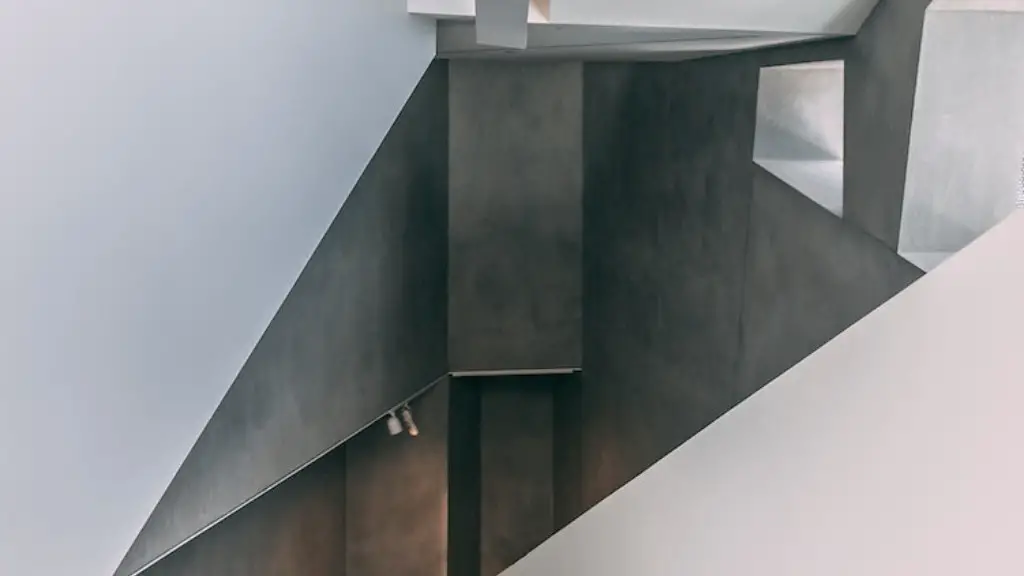Architecture is an integral part of our lives, being present in all societies. Without them, our cities, towns and villages would look completely different. Be it a monument, a skyscraper or a bungalow, architecture helps to shape our surroundings, by connecting cultural and social possibilities.
By bridging the gap between visual art and engineering, architecture helps to bring our dreams to life. This allows us to construct buildings with the aim of maximizing our comfort and safety, whilst still gaining the aesthetic benefits that architecture brings.
Architecture also helps to bring us closer together. By juxtaposing different styles and designs we can find areas of common interest and design elements which will eventually act as conversation starters. This allows us to appreciate a culture which we have not necessarily experienced before.
Architects are essential for the development of our cities, as they are the ones who help to envision the future of our urban areas. Architects must be creative and innovative in their approach to design, ensuring that the designs are not only aesthetically pleasing but also functional and are able to meet the needs of the city’s inhabitants.
Architecture also plays an important role in environmental protection by shaping the sustainability of our cities. Through the use of energy-efficient construction materials and the utilization of green energy sources, architects are able to create green cities and reduce their environmental footprint.
Architecture also contributes to our culture and identity by connecting us with the past. Through the preservation and restoration of ancient structures, we are able to appreciate the traditions and history of our ancestors as well as gain insight into the works of previous architects. This further inspires us to create our own personal works of art in the modern era.
In conclusion, architecture provides us with the opportunity to enhance both our natural and man-made environment, allowing us to build, create and explore our surroundings. Through the aid of architects, we are able to achieve a functional, aesthetically pleasing and sustainable environment.
How Architecture Influences Our Emotions
Architecture not only influences how we navigate our environment, but also how we interact and feel in these spaces. It has the ability to create feelings of comfort and safety, as well as feelings of awe and wonder. By the manipulation of materiality and spatial composition, architects and designers can create emotionally inspiring spaces that evoke an emotional response from their users.
Architecture has the power to create different spaces for different purposes. From open public spaces for social gatherings, to intimate enclosed spaces for private and contemplative activities, all of these settings can change how we feel in a given space. An open garden creates a feeling of calm, while an intense and busy art gallery might create feelings of curiosity and excitement.
Good architecture is also important when it comes to creating emotionally safe and supportive environments. This can be seen in healthcare settings such as hospitals and nursing homes, where a well-designed environment has the potential to reduce stress, fear and other mental health issues. By providing visually calming, comfortable and inspiring spaces, architects can restore balance and a sense of security to those in need.
Furthermore, architecture has the ability to create feelings of comfort and familiarity. The repetition of architectural elements, such as a signature roof or window design, can create a sense of belonging and identity. This is especially true when it comes to historic sites, with many people visiting these places to escape from the hustle and bustle of modern life and to connect with their heritage.
Overall, architecture is an effective tool for expressing emotions. By creating spaces that evoke positive feelings of safety, comfort, security and happiness, architects are able to contribute to the physical and mental wellbeing of individuals and communities.
Architecture as a Tool for Social Inclusion
Architecture can also be used as a tool for social inclusion. In today’s world, architects have the opportunity to create spaces that are representative of everyone’s needs and identities. By designing with an inclusive perspective, architects are able to create buildings that reflect and embrace a wide range of cultures and backgrounds.
By utilizing different materials, textures and forms, architects can create visually interesting buildings that are aesthetically pleasing, yet accessible and user-friendly for all. This can be achieved through the designs of ramps, elevators, bathrooms and even door handles, all of which can be adapted to meet different physical needs.
Architecture also plays an important role in promoting diversity in the workplace. By designing offices, cafes and other spaces that reflect the diversity of employees, employers are able to create a welcoming and comfortable environment for all.
In addition, incorporating elements of green architecture can also help to promote social inclusion. The use of green roofs and terraces can provide spaces that are accessible to all, allowing people to enjoy nature while they work or socialize.
Overall, architecture is an effective tool for promoting social inclusion and diversity. By designing buildings that are inclusive and accommodating to everyone’s needs, architects are able to remove barriers and create a more inclusive and harmonious society.
Achieving Good Architecture Through Active Participatory Design
In order to achieve good architecture, active participation from all stakeholders is essential. Participatory design is a collaborative approach to designing a built environment, which involves the participation of all stakeholders, including architects, engineers, city planners, developers and community members.
This type of design encourages active collaboration between all stakeholders, allowing everyone to have a say in the design process. By engaging with experienced professionals and the local community, architects are able to take into consideration the needs and concerns of all users and create a design that will accommodate everyone’s needs.
Active involvement from the community is also important in creating designs that meet their needs. By inviting people to have a say in the design process, architects are able to gain inspiration from the local community, as well as gain an understanding of the local culture and customs. This can allow architects to create a design that is informed by the needs of the community, thereby making it more efficient and successful.
Furthermore, involving the local community in the design process and consultation can also encourage a sense of ownership and belonging. By educating and engaging the public in the design process, architects can create a strong relationship with the local community and ensure that their design meets the needs and expectations of all stakeholders.
Overall, active participation is key to achieving good architecture. By involving all stakeholders in the design process, architects are able to create designs that are informed by the needs of the community and that are socially inclusive and representative of everyone’s needs.
The Role of Technology In Advancing Architecture
In today’s world, technology plays a pivotal role in the advancement of architecture. From complex computer software which can aid designers in their projects to robotic arms which can construct entire buildings in a matter of hours, technology has profoundly changed the way architects and engineers approach their work.
Computer-aided design (CAD) software can help architects to produce detailed and accurate plans for their projects. By utilizing the latest technologies, architects are able to create complex designs that were once considered impossible, resulting in more creative and innovative works of architecture.
Advancements in construction technologies are also helping to reduce the amount of manual labour needed in the construction of buildings, leading to quicker and more efficient construction times. This is especially beneficial when constructing large buildings, such as skyscrapers, where construction times can be significantly reduced with the aid of these technologies.
Furthermore, new materials and construction techniques are also allowing architects to create buildings that are more ecologically-friendly and sustainable. The use of renewable materials and energy-efficient construction techniques can reduce the environmental impact of a building and lead to greater sustainability in the long run.
In conclusion, technology has revolutionized the way architects approach their work. By utilizing the latest technologies and materials, architects are able to create more efficient and sustainable designs which benefit both their clients and the natural environment.
The Challenges of Designing For Social Infrastructure
One of the challenges that architects face when designing for social infrastructure is the need to meet multiple objectives. When designing for the public, architects must ensure that the building is aesthetically pleasing, accessible and functionally efficient, whilst also meeting the needs of the users.
Hospitals and public transportation hubs, for example, must be designed in such a way that they are both functional and aesthetically pleasing. Due to the large number of people that take place in such places, architects must ensure that the design is efficient and accessible, and that there are no obstacles which might impede the movement of people.
In addition, the design of public infrastructure must be socially inclusive, accommodating those with disabilities, elderly and children. In order to achieve this, architects must create buildings that are wheelchair accessible, with sufficient and appropriate facilities.
Finally, architects must also consider the financial viability of the design. Public infrastructure must be built to last, and therefore the use of materials and construction techniques must be carefully considered. By taking into consideration the costs of construction and maintenance, architects are able to create cost-effective designs that are both sustainable and financially viable.
Overall, designing for social infrastructure is a challenge that requires careful consideration of numerous factors. By taking all of these into account, architects are able to create designs that are both aesthetically pleasing and functional, meeting the needs of the users and providing a sense of social inclusion.





